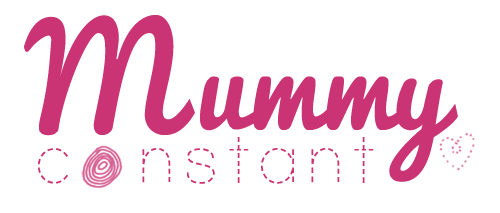There’s never a quiet moment in a family home. Whether you’re a new parent, or you’re already familiar with the boundless energy children have to offer, everyone will agree that you’re in for some new responsibilities. In order to manage the new-found excitement of family life, some vital alterations need to be made to your home. Whilst some changes (such as childproofing) are self-evident, others may go easily overlooked. One of the most common mistakes many parents make is forgetting to assess whether their flooring is suitable for their family home and introducing wood flooring.
Engineered wood flooring is fast becoming the favourite choice for family homes, and for good reason. Relying on modern flooring technology, engineered boards combine the timeless quality of traditional hardwood, and the versatile adaptability of laminate. The result is hardwearing, stylish, and resistant to day-to-day family life.
Because engineered wood is a relatively new flooring solution, many people are uncertain about how it differs from traditional hardwoods. Put simply, engineered boards are composed of a compressed core of timber and a solid wood surface veneer. This allows them to remain identical to their hardwood counterparts, whilst using a fraction of the materials. But this is where it gets complicated…
Engineered flooring is available with a selection of different cores which can be difficult for first time buyers to differentiate. This technical aspect can leave homeowners confused, not knowing which choice is best suited to their family home.
If you’re unsure, then don’t worry, you’re not alone. Navigating the world of flooring can be a difficult task, and one you need to get right if you want to improve the dynamic of your home. Thankfully, we’re here to help. Check out our quick guide to engineered wood, and make choosing your new flooring easy:
Multi-ply
Multi-ply cores are constructed from multiple layers of plywood, bonded together with a strong adhesive and compressed under high pressure. The grain of each layer runs perpendicular to one another, creating a criss-cross structure. This prevents movement within the board, making each one durable and strong.
This type of engineered wood is by far the toughest available. All engineered boards are resistant to warping and shrinkages, however the multi-ply design only serves to enhance this. This is a perfect choice for areas where your children and pets run wild, standing up to heavy foot traffic without fail. However, multi-ply boards do come with a steeper cost, so remember to consult your budget before you purchase.
HDF
HDF boards are at the other end of the engineered wood spectrum. Instead of utilising multiple layers, HDF cores are manufactured from small wood particles and strong resin. This creates a singular supporting core that can tolerate moderate footfall with ease.
Whilst not as durable as multi-ply, HDF boards have a number of other benefits. Coming in at a lower cost, HDF is perfect for those who want longevity without breaking the bank. This choice of engineered flooring is also eco-friendly, making use of waste wood and pulp in the construction of the core.
3-ply
With 3-ply engineered wood flooring, you’re getting all the benefits of multi-ply and HDF. Using the same design as the multi-ply construction, this choice is suitable for installation in kitchens, conservatories, and over underfloor heating. However, the core is limited to only 3 layers, making each plank somewhat thinner.
This is a perfect balance of excellent durability and accessible costs. For smaller families and older children, this is an ideal flooring solution. In addition, the thinner engineered wood works great in low ceilinged areas, allowing more space for family activities.








